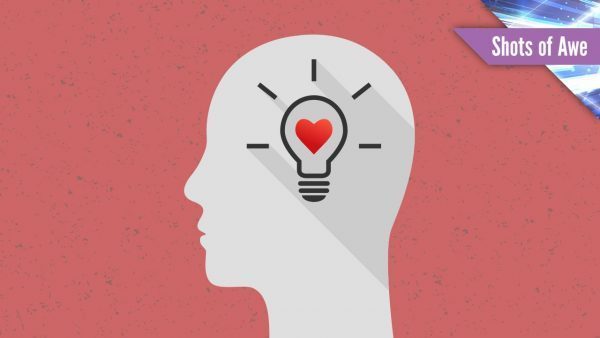Mahatma Gandhi said: “The best way to find yourself is to lose yourself in the service of others.” Let’s think about that. People who willingly give their time to help always make a difference in the lives of others, in ways big and small. They help their neighbors, family and friends. They volunteer in their communities and answer requests for help, especially during holidays and in response to adverse events such as storms or floods. It’s a natural human response to go to the aid of another.
If you ask people why they reach out, you’ll get different replies. They were needed. They wanted to do good. Make a difference, give back in some way. They felt obliged to help. They had time on their hands and were looking for something interesting to do. They felt good afterwards. In many of us it’s instinctive, and each of us is driven in our own way. I asked my niece Pavani – an artist, writer and mother – what her triggers driving volunteerism were. “Over the past few years I have seen loved ones suffer with mental and physical illnesses, and watched their families/caregivers suffer along with them. I watched, and felt their pain – and realized that this could be my tomorrow. My first step was to observe, and empathize.” Then one day, she felt it was time for her to act and participate to bring about positive change. At first, she wondered if it would be practical to commit to any effort, given her work and the reality of life raising an active 6-year old child. Then came the realization that even a couple of hours a week could make a difference, “both towards the cause and to the volunteer personally.”
You can ‘lose’ yourself in helping others and in the process perhaps ‘find’ yourself. However, have you considered that by helping others you are improving your health and wellbeing as well?
In his book The Healing Power of Doing Good, Allan Luks, a recognized expert on volunteerism, describes research on the health and spiritual benefits of helping others. He coined the phrase “Helper’s High” for our body’s analogous response to exercise: it releases chemicals called endorphins that interact with receptors in our brains to trigger a positive feeling. In addition, Luks pointed out that helping others focuses the individual on other activities instead on themselves. Brain imaging and other studies have documented an elevated mood in most people who volunteer even two or three hours a week. An article published by the Mayo Clinic describes several health benefits of volunteering – especially in older adults – including increased social interaction, trust in others, lowering stress, boosting self-confidence, decreased risk of depression, sense of purpose and skill learning. They also cite research showing that it helps you live longer.
Pavani continued by saying, “I realized that art is what I do best, and by including it as part of my volunteer hours to provide therapy for a patient and/or the caregivers, I could make a difference.” She added, “I felt sure I would benefit almost as much, or probably more than the person at the receiving end! And by offering what I truly enjoy, I was sure my commitment to volunteering would only grow.”
So, how about you? Are you willing to help yourself while helping others? If so, I have a secret-sauce recipe for successful, fulfilling and rewarding time in the service of others:
Pick something you are passionate about, something that excites you
Add in the time you can make available periodically to devote to the cause
Examine how these two ingredients fit into your service mission
Ask your fellow chefs for help as needed
Mix all the ingredients tenderly in a large bowl
Let the mixture marinate for a while
Serve alongside any other dish with love
Repeat regularly
by Mukund Acharya | Jan 15, 2019

Leave a Reply